Top 10 Benefits of Using Handheld RFID Scanners in Retail
643Discover how handheld RFID scanners transform retail operations—reduce stockouts, speed up checkout, and enhance customer satisfaction.
MoreAll RFID Product
If you’re in the process of planning an RFID system — whether for warehouse tracking, logistics automation, or smart access control — choosing the right reader is one of the most critical steps.
When you buy a UHF RFID four port fixed reader, you’re not just buying hardware. You’re buying the stability, range, and flexibility your entire solution will rely on.
A UHF RFID fixed reader with four ports can connect up to four antennas, allowing it to scan tags across multiple areas simultaneously.
This means one reader can manage several “zones” — for example, an entry gate, a packing station, and two inventory shelves — all under one control system.
Because of this multi-zone ability, four-port readers are the standard choice for professional RFID projects. They’re efficient, stable, and integrate well into automation lines or warehouse networks.
For RFID integrators, the four-port setup provides:
It’s a clean, professional approach to large-scale RFID system design.
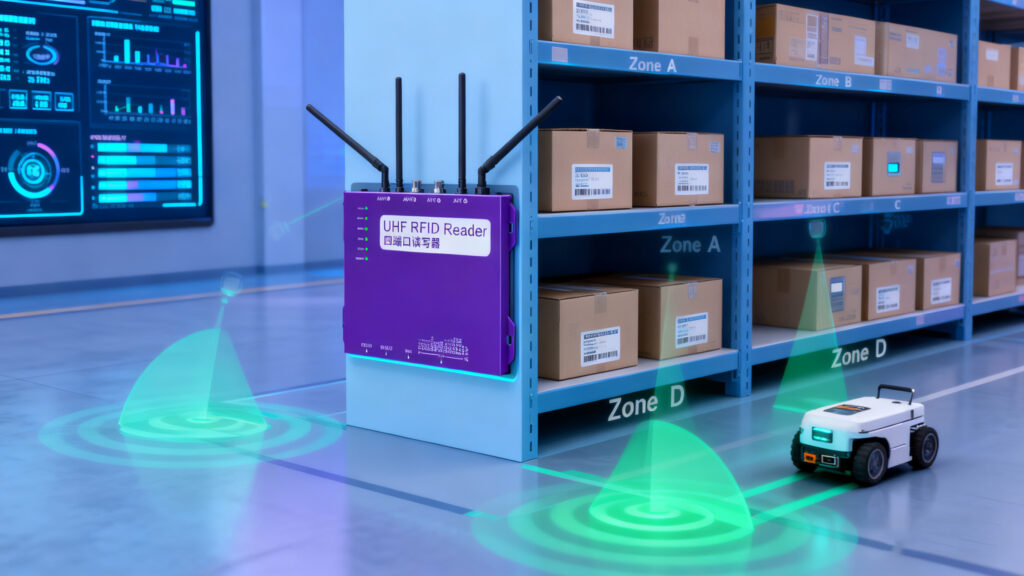
Before placing your order, always check these specs carefully:
| Specification | What It Means | Ideal Range / Note |
|---|---|---|
| Frequency Band | Must match your region’s radio regulations | 865–868 MHz (EU), 902–928 MHz (US) |
| Output Power | Controls tag read distance | +30–33 dBm for long range |
| Read Sensitivity | Determines how well it reads weak tags | −84 dBm or better |
| Read Rate | How many tags per second it can process | 500–1000 tags/sec typical |
| Interface Options | Connectivity (Ethernet, RS232, USB, PoE, GPIO) | Ethernet + PoE preferred |
| Environmental Rating | Durability for industrial use | IP52–IP65 |
| Software Integration | SDK and API for system connection | C#, Java, or REST API support |
If you’re integrating the reader into your own middleware or ERP, software SDK quality is often more important than raw reading distance.
Four-port UHF fixed readers shine in environments like:
Each antenna port can be configured for a specific direction or range, giving precise control over how tags are read.
Practical insights from the field:
A well-tuned reader with proper antennas can reach stable 95%+ read accuracy in complex layouts.
When buying for deployment or resale:
Avoid rushing procurement. A few hours of testing can save weeks of debugging later.
Choosing the right UHF RFID four-port fixed reader is about system reliability and integration efficiency, not just specs on paper.
For RFID solution providers, the right reader means easier setup, smoother performance, and happier clients.
When you’re ready to buy:
Do that — and your RFID system will perform exactly the way you promised your clients it would.
| Category | Key Takeaway |
|---|---|
| Best For | Warehouses, automation lines, logistics zones |
| Main Advantage | Four configurable antennas, one control unit |
| Typical Output | 30–33 dBm |
| Integration Focus | PoE + API-friendly SDK |
| Goal | Reliable, scalable RFID performance |
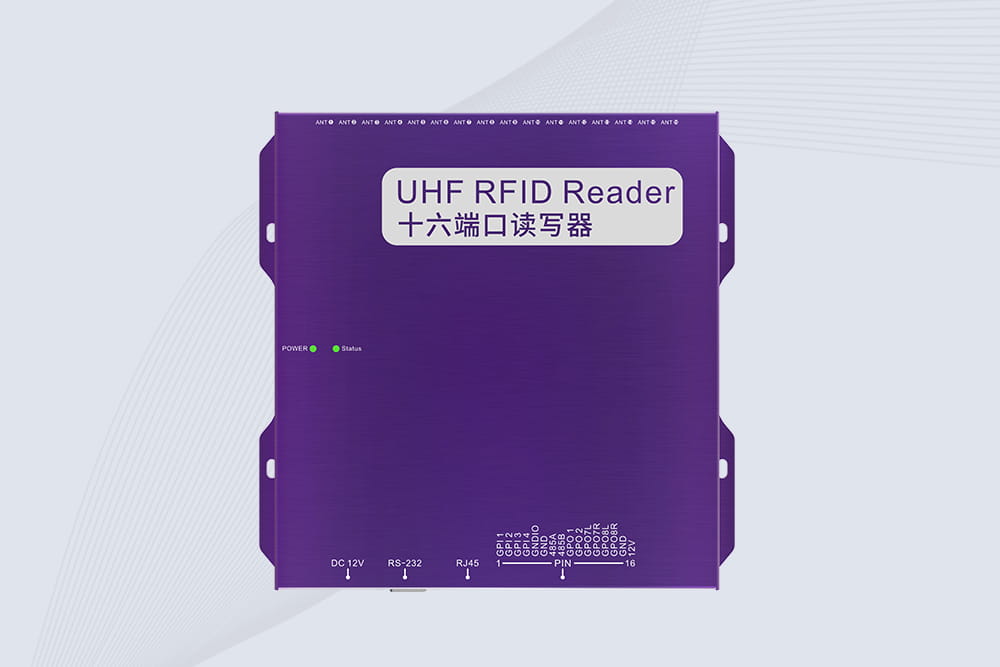
RFID Fixed Reader from CYKEO – the CK-R16L 16-port UHF fixed reader for warehouses, smart cabinets, and production lines. Long-range, multi-tag reading, stable performance for 24/7 industrial use.
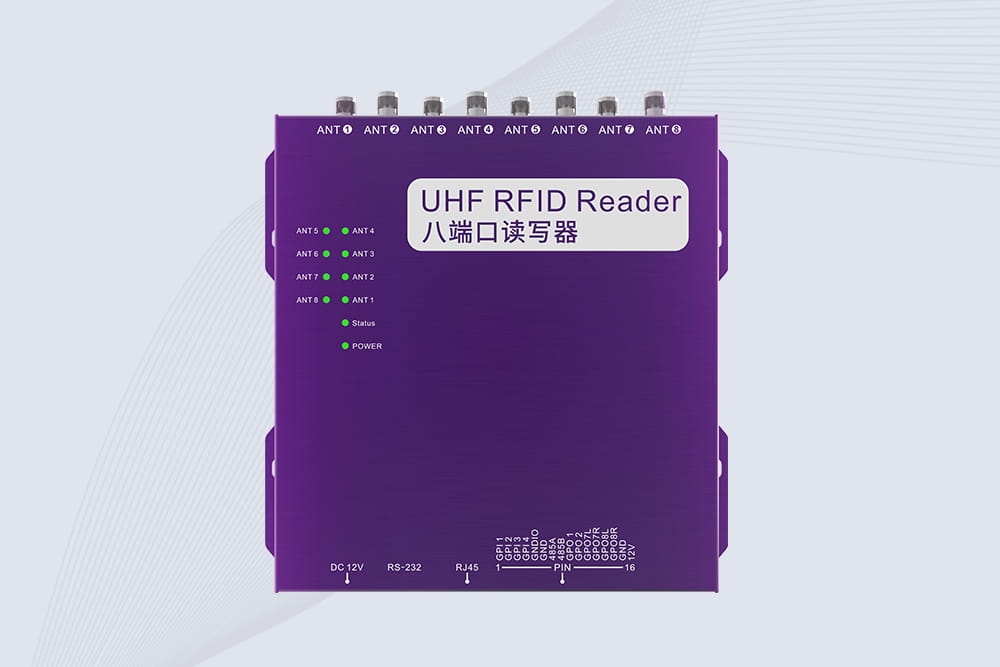
CYKEO CK-R8L Fixed RFID Reader with 8-port UHF design, Impinj-based RF core and up to 20m read range. An industrial Fixed RFID Reader for vehicle inspection, warehouse portals, smart manufacturing lines and secure access checkpoints.
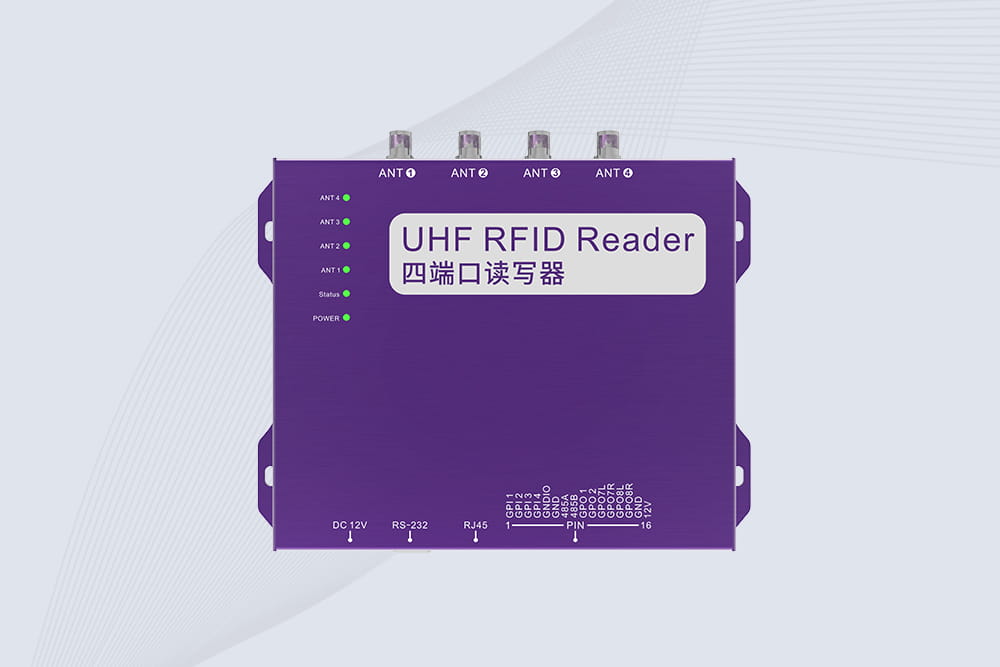
Cykeo’s CK-R4L 4-port Fixed UHF RFID Reader delivers 400 tags/sec scanning, ISO 18000-6C compliance, and IP65 protection. Ideal for warehouse automation, manufacturing WIP tracking, and logistics management.
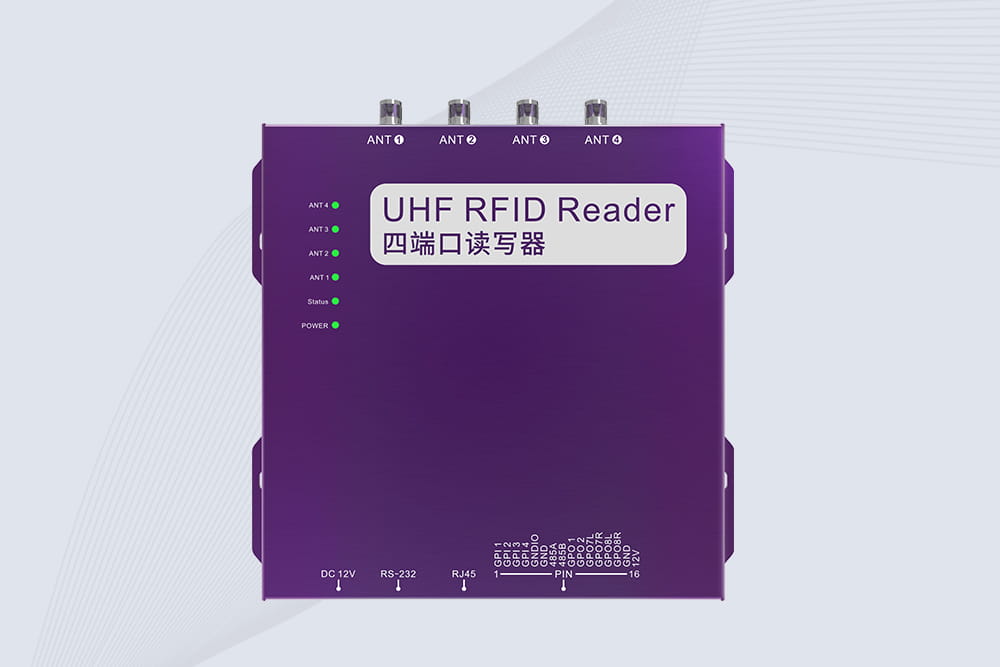
Cykeo CK-R4 industrial UHF RFID Fixed Reader features 4 TNC ports, 400+ tags/sec speed, IP67 housing, and global frequency compliance for vehicle inspection, smart warehouse, and asset management systems.
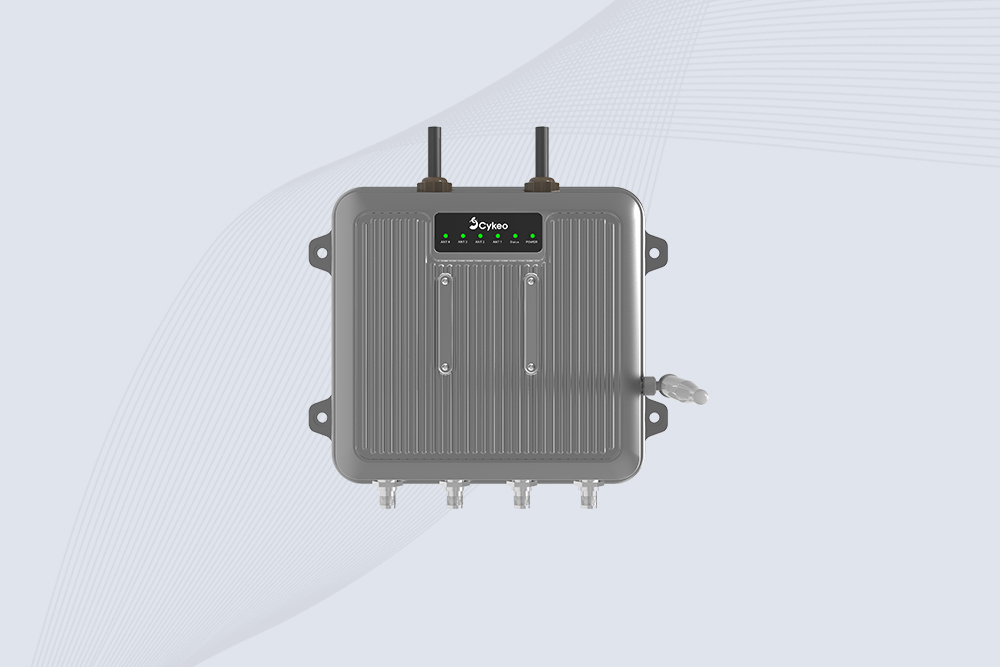
Cykeo CK-C1 industrial Forklift RFID Reader features 20m read range, 600 tags/sec scanning, Impinj R2000 chipset, and IP67 rugged design. Ideal for warehouse logistics and manufacturing. Supports ISO 18000-6C/6B protocols.
Discover how handheld RFID scanners transform retail operations—reduce stockouts, speed up checkout, and enhance customer satisfaction.
MoreUnderstanding what RFID is and how RFID works,its core components, application scenarios, and key benefits
MoreDiscover the top UHF RFID scanners for warehouse inventory tracking in 2025. Compare range, durability, software integration, and future-ready features for logistics efficiency.
MoreStruggling with Bluetooth RFID reader connectivity? Learn how to fix pairing problems, interference, and firmware issues with our expert troubleshooting guide.
More